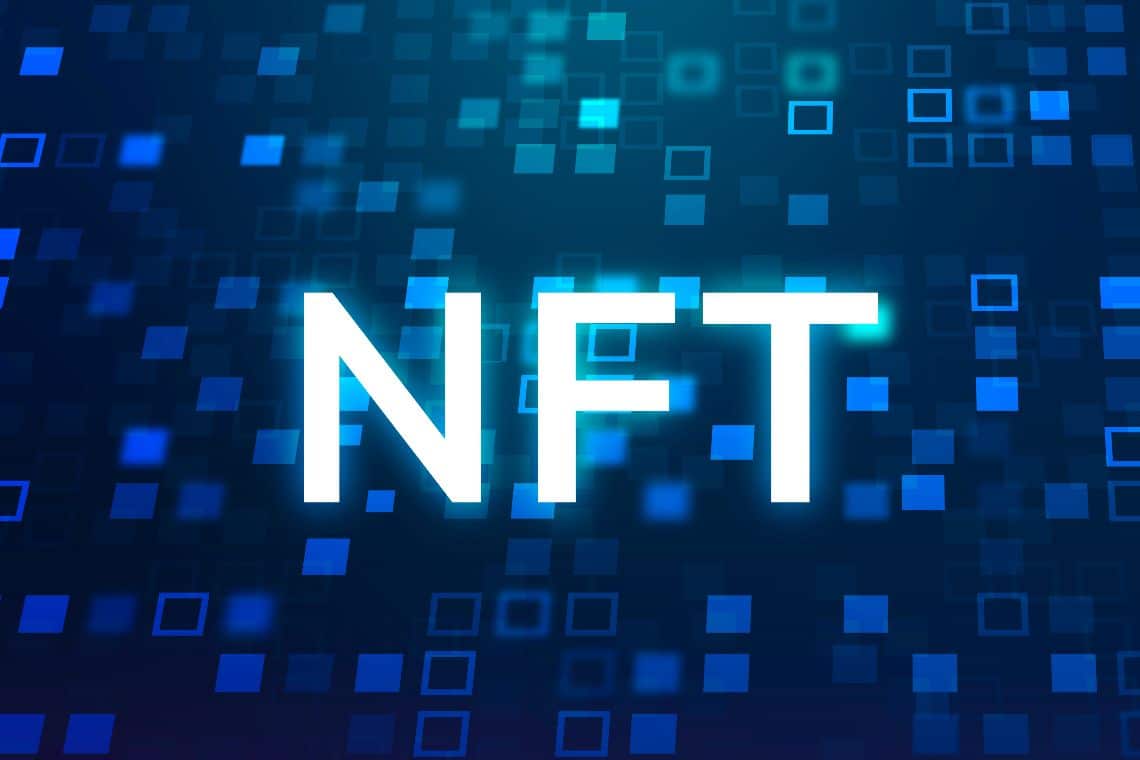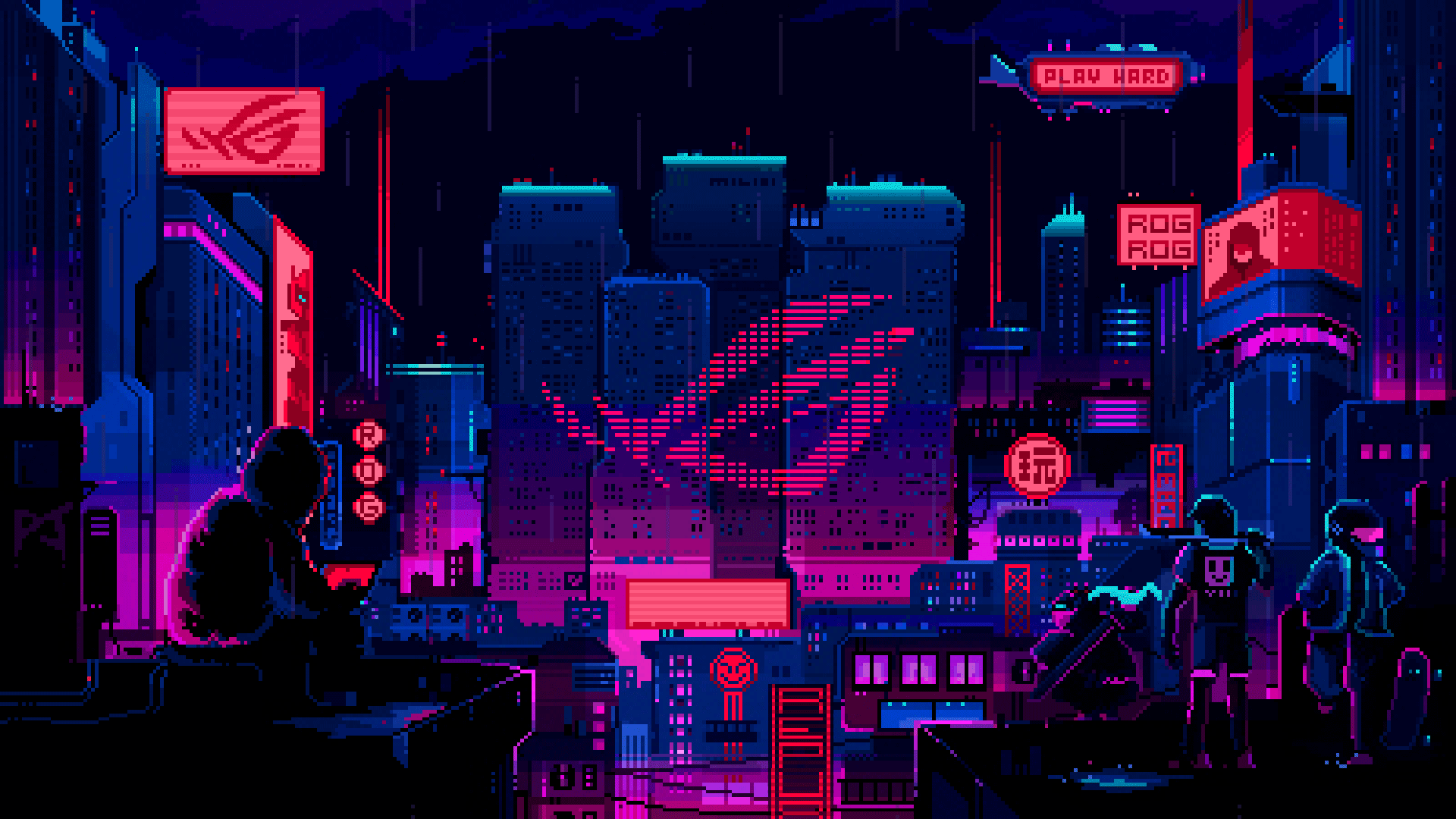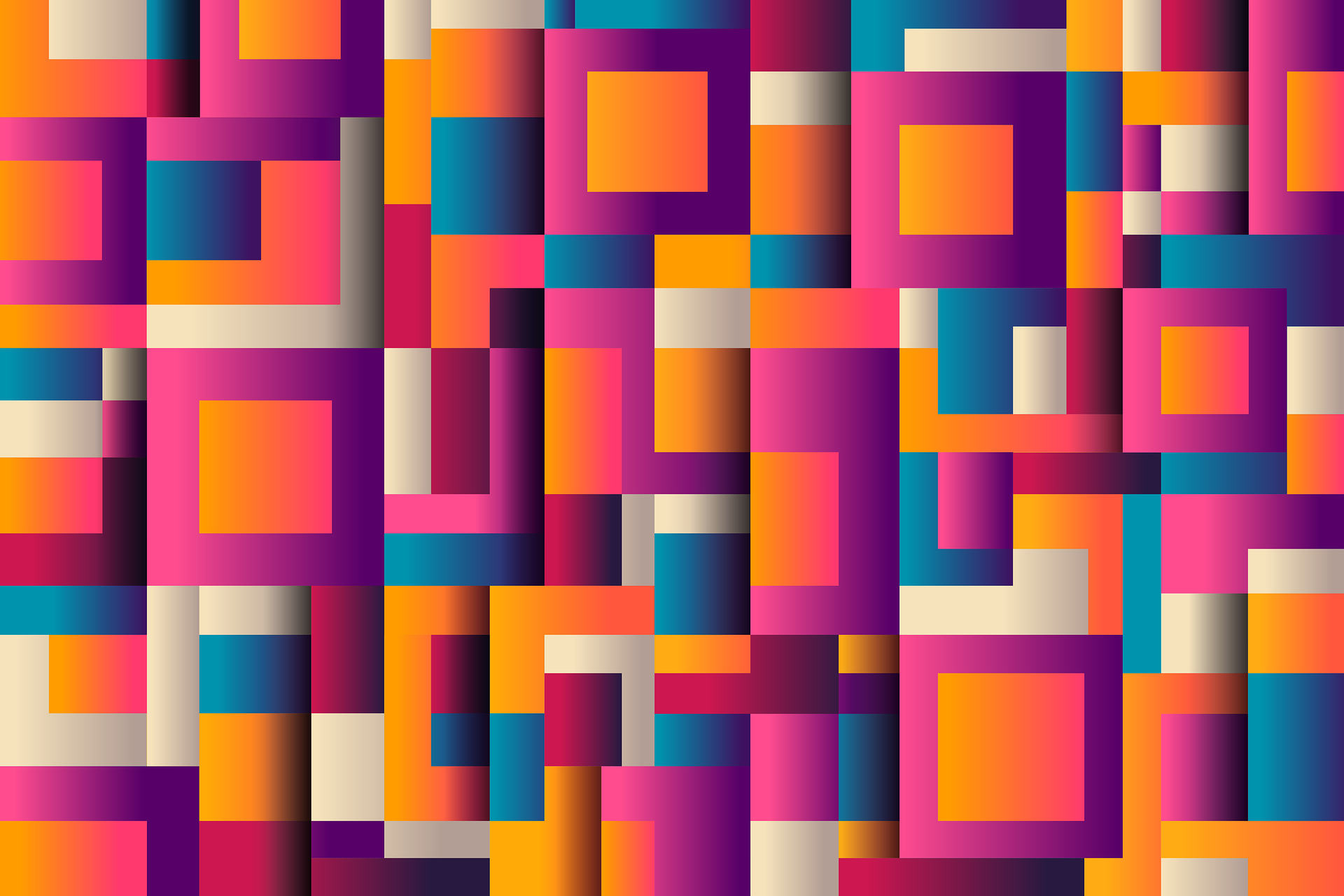Digital art
Friday, December 3, 2021 1:05 PM
Although digital art is considered a contemporary current, it was actually born with Laposki in the early 1950s, father of the computer gratification and pioneer of electronic art.
Ben F. Laposky was a mathematician and artist. His pioneering "oscillons" or "electronic extractions" are considered to be the first graphic images generated by an electronic machine.
Abstract art creations have been defined, the first to be exhibited and published. (drawings - oscillograms)
Oscillographic art can be thought of as some kind of visual music, as the basic waveforms resemble sound waves.
In this period, movements develop that tend to bring the work of art to life, giving it movement under the new experience of nature or mechanics. This is how Kinetic Art and Optical Art were born.
As we can understand it, digital art was born in the 1960s, when scientists, and then artists, began to create images using the computer more and more. In 1963 the first algorithmic computers were used to create visual works, and George Nees, in 1965, organized the first exhibition of digital art, in which he contained a dozen works generated by computer and printed thanks to the plotters, and which will later be manifest of the future generative art movement, which often uses dynamic algorithms to create works of art.
In '65 Frieder Nake, mathematician, computer scientist and pioneer of computer art, inspired by the works of Paul Klee, created an algorithm that generated a relationship between the vertical and horizontal lines typical of the painter's production, putting them in relation to each other, based on the theory of probabilities and giving life thanks to a printer to unique works deriving from the random position of the lines.
The first examples of video installations can certainly be traced back to Allan Kaprow, who in the early 1970s combined video game screens with short videos, which were then published in a TV program whose title was medium is the medium
In 1971, with Aaron, an artificial intelligence program, the artist Harold Cohen created a printer that produced paintings autonomously, thanks to works pre-recorded on the computer.
Since the 1980s, the use of computers in image languages has led to a not indifferent turning point in the field of artistic expressions, allowing the development of new forms of perception and configuration, and it is in these years that we have gone developing a new type of digital art: pixel-art.
Digital art was also experimented with by one of the most famous artists of pop art, Andy Warhol, who created works with a computer, Amiga 1000, given to him by a company he had started collaborating with in 1985. The artist, specifically , he created them with a software program called Propaint. The files containing these images were then recovered from the computer in 2014 as part of a research and restoration work carried out by Cory Arcangel - an American artist who works on experimentation in new media - together with Carnegie Mellon University.
In 1986, the first fully interactive creations with the viewer appeared, where the animation of the body in front of a motion sensor is rewritten to create notes and thus make a sound object.
It is really with the 90s, and the development of computers and consumer programs, that digital art exploded and it was in this period that it developed significantly thanks to the creation of software specifically dedicated to art. Since then, the limits have been broken and it is now possible to create compositions, from the most abstract to the most realistic.
Digital has concretely made it possible to create visual practices that in the past would have been implemented with a high expenditure of energy and money and has allowed art to adhere more and more to our body and mind.
Today, thanks to technology, artists can experiment with infinite artistic languages through new methods; certainly the aspect that will dominate the world of digital art in the future will be generative art, that is, the programming of a work of art.
Read more...


